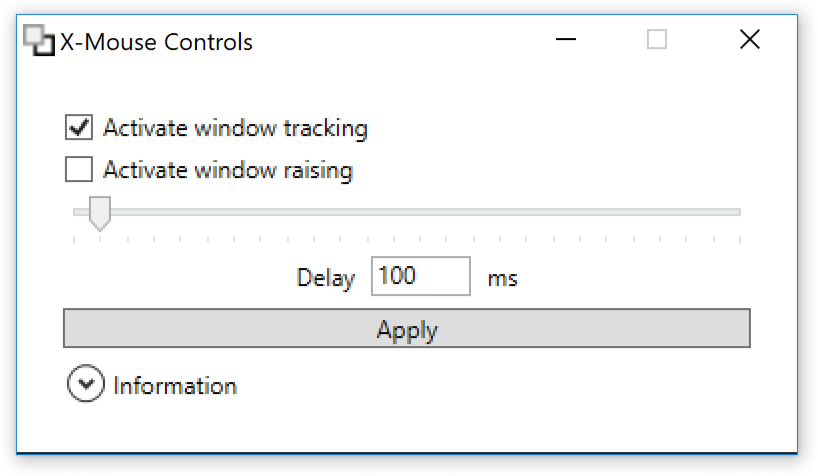

Windows need to be able to show alerts and prompts and file pickers when necessary. An important distinction between macOS and iPadOS is the Mac’s windowed multitasking, which calls for stronger use of shadows (to show what is on top of what) and a clear delineation between active and inactive app windows. Let’s begin with the basics: the way that app windows overlap and interact on-screen. Overall, Big Sur feels familiar, but not all the changes will be to everyone’s taste. In others, it remains visually and functionally identical to Catalina. In some ways, Big Sur changes the fundamental look and feel of the Mac more significantly than any update since the early days of Mac OS X. Big Sur makes the Mac a bit more iPad-y without making it not the Mac. Those changes have added Mac-ish flourishes to the iPad without making it not the iPad. You could also compare it to the way Apple has developed iPadOS in the last two or three years-adding a dock, improving multitasking, and implementing more robust keyboard and mouse support. If post-Yosemite macOS releases set that slider at around a four, Big Sur dials it up to around six. If you’ve been using Macs for a long time, imagine a slider that goes from one to ten, with “Snow Leopard” at one and “iPad OS” at ten.

There are two ways to think about how Big Sur changes the Mac’s look and feel.


 0 kommentar(er)
0 kommentar(er)
